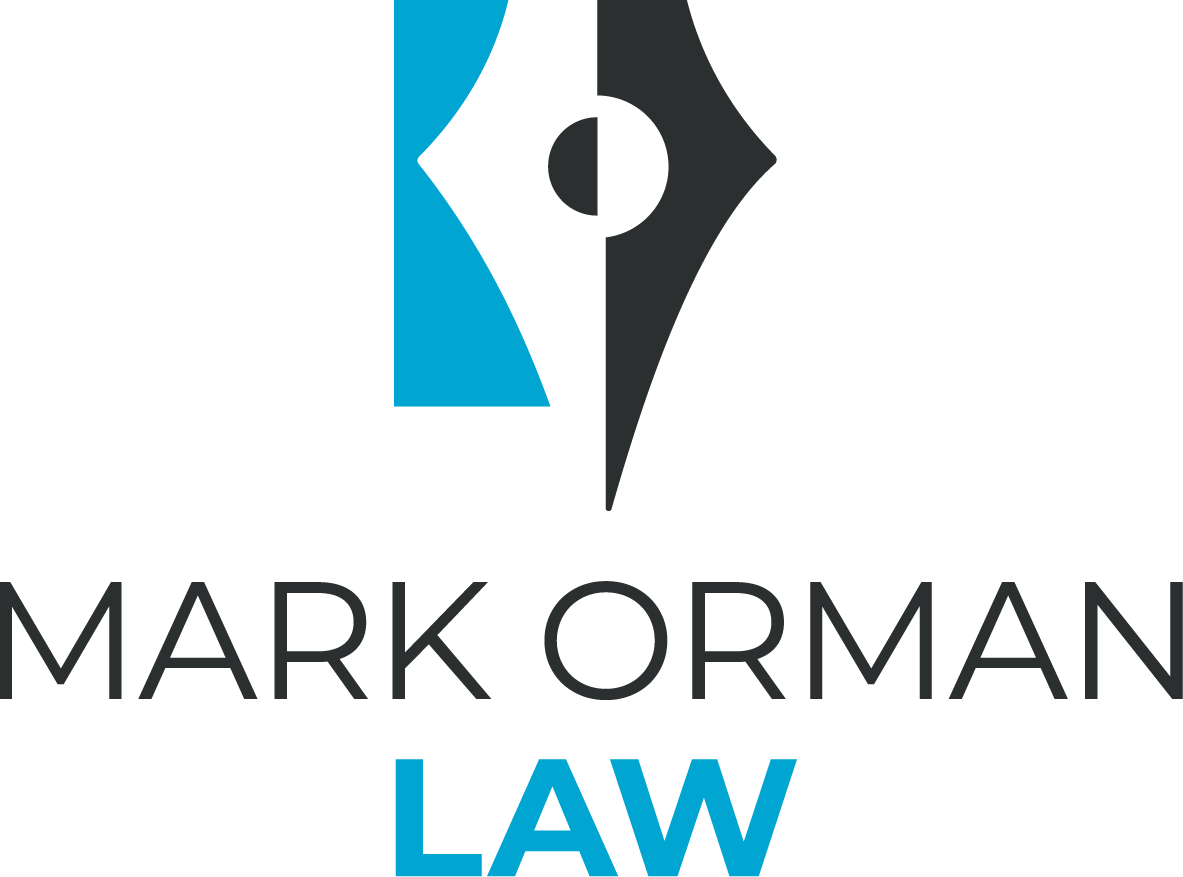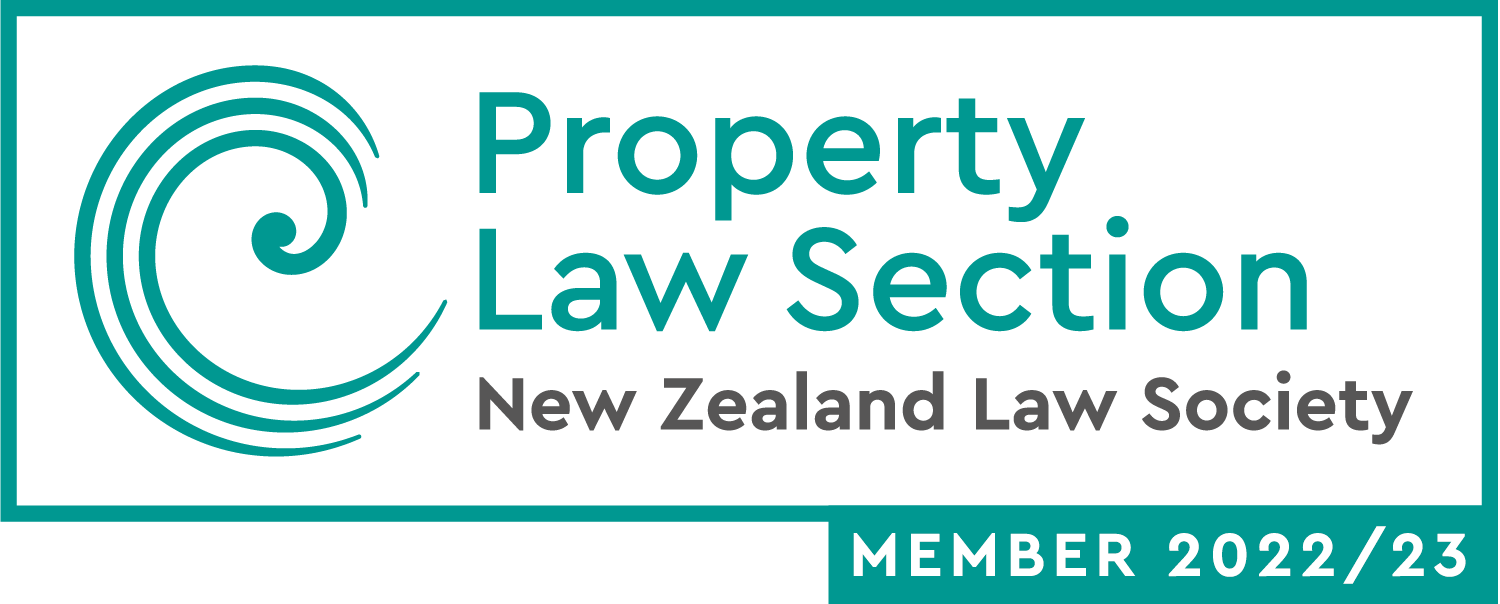Large Subdivision of Land Proved Successful
Mark found efficient solutions to complex subdivision complexities.
Challenge:
Complex subdivision demands a robust legal structure.
Mark’s client owned a large industrial complex in the South Island, housing a dozen stand-alone facilities occupied by tenants, as well as its own businesses. The land was held in one lot and title. The owner identified the increased value and ownership flexibility that would come from subdividing the land so that each facility sat on an individual lot and title. However, there were big infrastructure complexities. A robust legal structure would be required.
Approach:
Incorporated Society solution navigates infrastructure challenges.
The complex had extensive privately-owned roadways throughout and a myriad of private utility and easement infrastructure that did not run through public spaces to the new lots. It required an infrastructure management solution that was consentable, robust, fair, and workable as between all the lots and that, critically, be one that would stand up to the rigours of all the lots eventually having separate owners.
In conjunction with the surveyor and the client, Mark worked for to come up with an appropriate subdivision plan to carve the property into separate lots. The biggest issue was establishing what to do about the ownership, management, and maintenance of the private roadways and the utility infrastructure sitting beneath them.
Mark researched extensively on how this might be organised and landed on the creation of an Incorporated Society to own the roadways and the utility infrastructure. All the lot owners would jointly control the society. After developing a robust working structure, Mark prepared a bespoke set of society rules to govern the structure.
In the background, there was the added complexity of the Financial Markets Conduct Act (FMCA) having jurisdiction over legal structures where interests in commercial entities were to be offered for sale alongside land interests. The subdivision structure would have to comply with the FMCA, however, it was brand new law at the time and no precedent or guidance was available about its potential application to projects of this type. Mark had to carefully research the project’s position under the FMCA and map out a pathway that ensured compliance. This was ultimately achieved by ensuring the project was eligible to utilise an exemption category meaning a public prospectus-type process would not be required.
Outcomes:
Enhanced property value, and successful ownership transition.
Mark suggested legal structures that met the needs of the project while being compliant and saleable. The owner has subsequently been able to sell much of the complex to various new owners, and Mark’s structure for ownership and management of the private roadways and infrastructure is working well.


